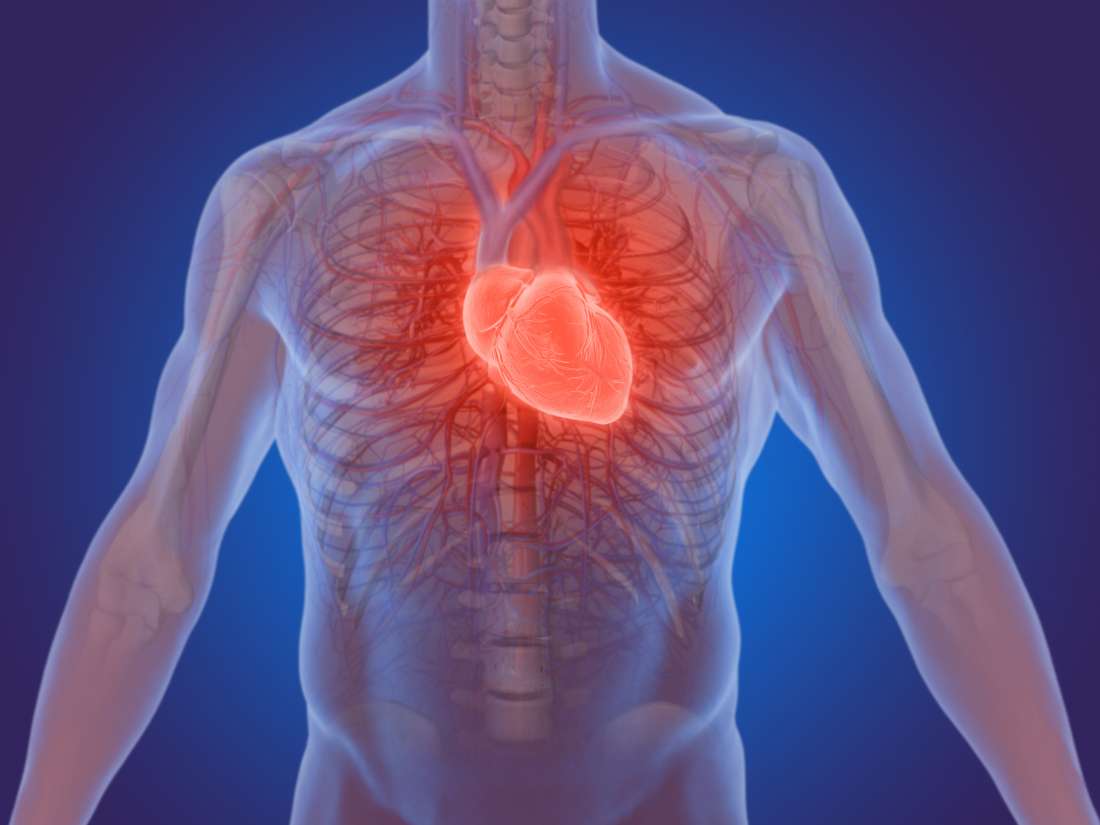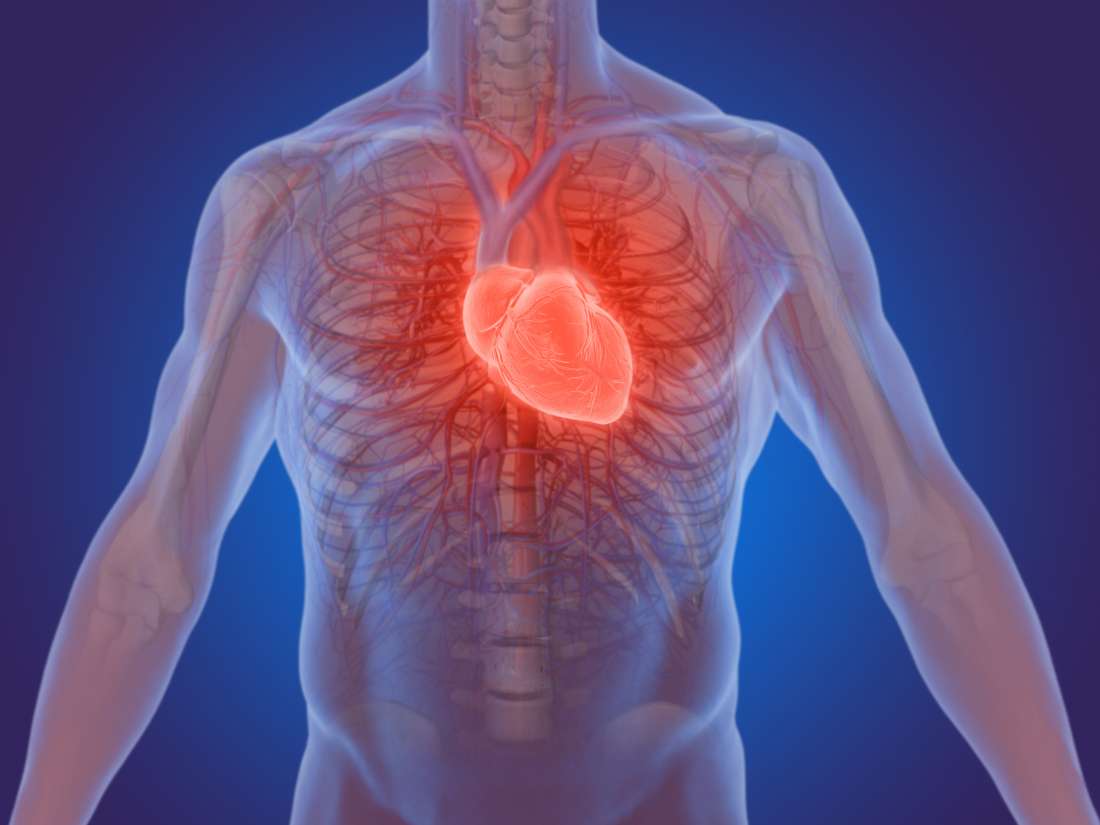Heart Attack

Heart Attack.

To do its job—pump blood to every part of the body—the heart needs its own supply of oxygen-rich blood. That pipeline is provided by the coronary arteries. No wider than strands of spaghetti, these arteries deliver blood to hard-working heart muscle cells. A heart attack occurs when blood flow through a coronary artery is suddenly blocked. A blood clot can block flow; so can a sudden spasm of the artery.
Each coronary artery supplies blood to a specific part of the heart. A blockage damages that part of the heart. Depending on the location and amount of heart muscle affected, a blockage can seriously interfere with the heart's ability to pump blood. Since some of the coronary arteries supply areas of the heart that regulate heartbeat, blockages there can cause potentially deadly abnormal heartbeats.
The most common symptom of a heart attack is chest pain, usually described as crushing, squeezing, pressing, heavy, stabbing, or burning. The pain or feeling tends to be focused either in the center of the chest or just below the center of the rib cage, but it can spread to the arms, abdomen, neck, lower jaw or neck. Other symptoms can include sudden weakness, sweating, nausea, vomiting, breathlessness, or lightheadedness.
If you think that you, or someone you are with, is having a heart attack, call 911 right away. The sooner you call, the sooner treatment can begin — "time is muscle," as emergency room doctors say. The most effective treatments are artery-opening angioplasty with stent placement or an infusion of a clot-busting drug.